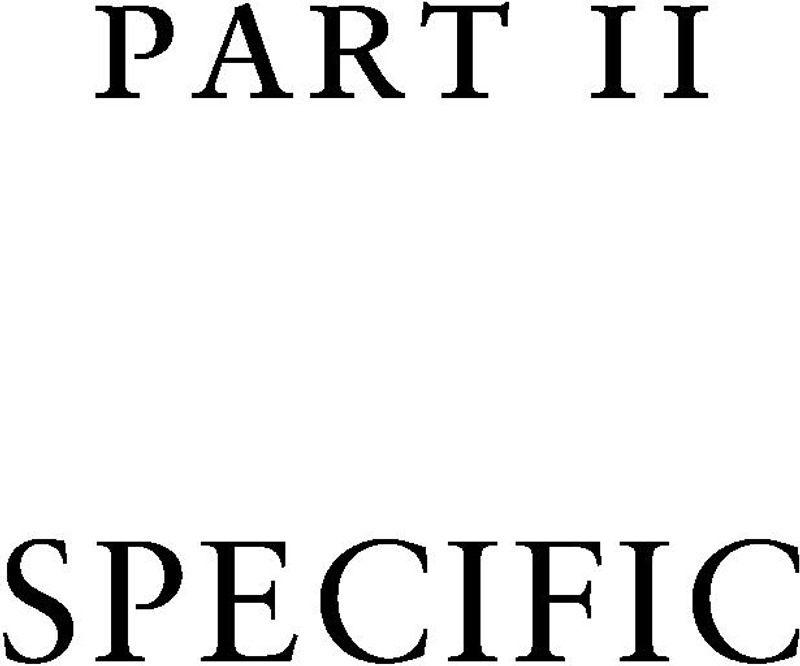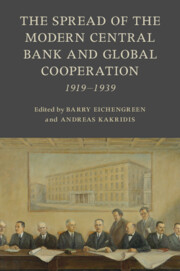Part II - Specific
Published online by Cambridge University Press: 02 November 2023
Summary

- Type
- Chapter
- Information
- The Spread of the Modern Central Bank and Global Cooperation1919–1939, pp. 103 - 405Publisher: Cambridge University PressPrint publication year: 2023



